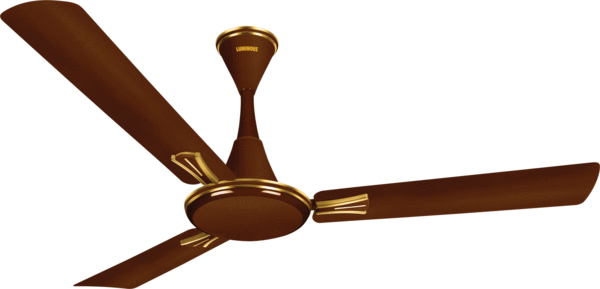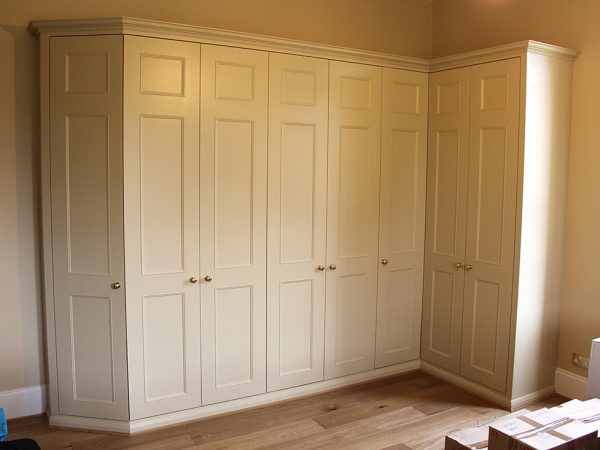Fans have been in use since time immemorial. Mechanical hand operated fans were in use in earlier times when electricity had still not been discovered. These were a symbol of the high and mighty as it required employing operators (Pukhawala as they used to be called in India), to pull the cords continuously throughout the time duration for which it was to be in use.
However, with the advent of time and with the dawn of science we moved on to motor operated modern day ceiling fans which we see everywhere around us today. The first of these fans were operated in the western world. However, with time the West moved on to more sophisticated and energy consuming air conditioners while the still developing, infrastructure lacking parts of the world having a naturally warm and humid climate adopted the low energy consuming fan as their way of air conditioning.
But the fan as we know is a machine, an efficient, reliant, and sturdy machine but a machine none the less and in cases of a machine there is bound to be some problems.
Problems associated with ceiling fans
- One of the major problems associated with them is with regard to safety. In low ceiling spaces when ceiling fans are used, they pose a high risk of injury and mutilation to the room occupants since the speed of such fans is very high and any unintentional contact with the fan under operation may prove highly dangerous.
- Dust! Yes, dust is quite the culprit here and a big one at that too. Since fans are usually operated in hot and humid climates in open areas dust finds its way through the external casings and into the internal components and the motor. One of the major effects this has is that of causing hindrance to the dissipation of heat and thus toasting it. Dead fans due to over-heating are quite a common occurrence and it sometimes even makes it irreparable. Thus, it becomes imperative to replace the whole equipment with a new one which is costly.
- The fan is quite a simple device employing a motor and blades. This, however, means one serious drawback i.e. if the fan develops a problem in the motor then we have no other option but to replace the motor. This is because the coiling of the motor is quite complex and very few people possess the expertise to satisfactorily repair it. A motor is not a cheap component and thus the difference in cost of a new ceiling fan and a motor is not too harsh to make the prospects of repairing the existing fan unit attractive.
- One of the most common problems affecting our ceiling fans is a reduction in its rotational speed over time. This might be due to one or more of the following three issues:-
the problem with the bearings
ill-oriented blades
a bad capacitor.
If the blades of the fan cannot be moved smoothly even by the intervention of hand it indicates a problem with the bearings inside the device. Else if it wobbles and makes abnormal noises while operating it indicates misoriented blades. If none of these are the symptoms then the fan might need a replacement of the capacitor. All these problems are associated with the aging of the device.
- Noise is another issue plaguing the usage of ceiling fans. Since when parts get old and rusty many components get loose and the fan starts making irritable noise in its day-to-day usage. Also, the orientation of the blades of the fan needs to be perfect in order to impart balance to the whole structure else the fan becomes wobbly and the air circulation due to ill-shaped blades also suffers.
Overall, fans are quite simple devices and have some problems associated with them but they may be dealt with by regular maintenance easily. In fact, many companies are working towards manufacturing high-speed fans without these problems. Many online platforms sell efficient high-speed fans for homes, and you can buy it from here.




